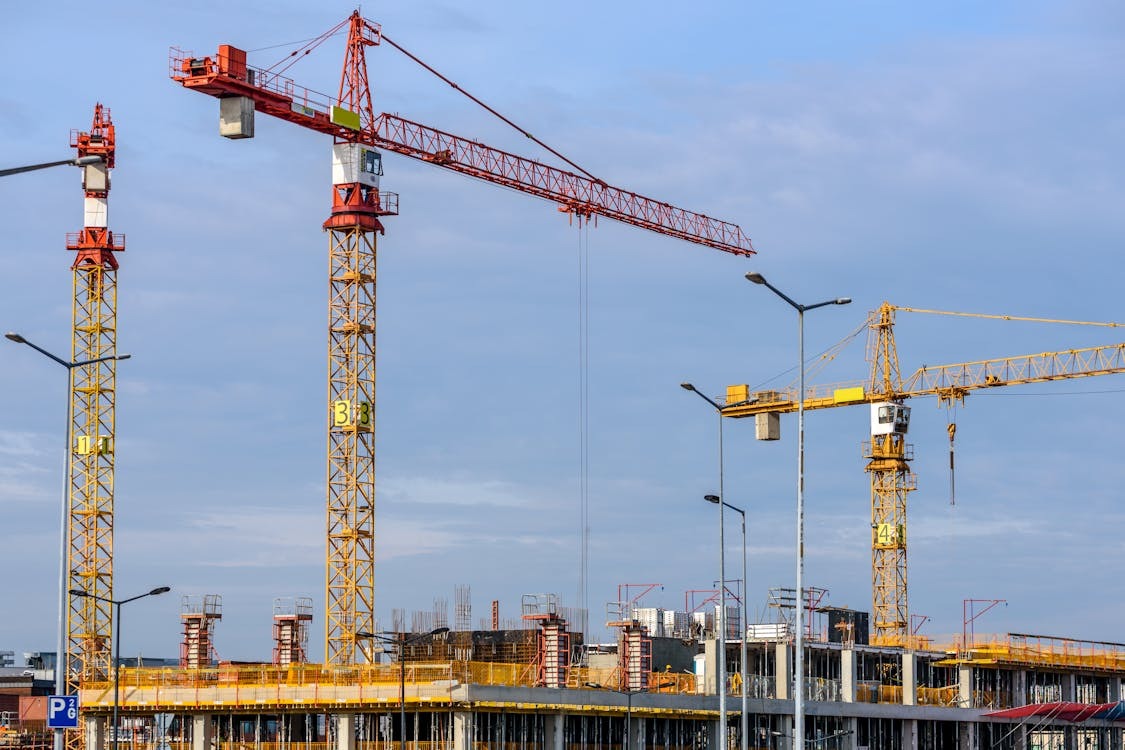Real Estate Investors are choosing Tier 2 & Tier 3 cities over Tier 1.
By Abhay Harish Shah, Realty Quarter

The real estate market has become competitive, and sectors which were underdeveloped is taking a pace for its growth in infrastructure, also the prices are comparatively less, than the developed city. Because of the above-given factors, real estate investors are opting for tier-2 and tier-3 cities in India. Bangalore is still the favourite place for real estate investment in India among the non-resident Indians (NRIs). Industry insiders claim that Indian real estate has been brought to life by the favourable reform-driven market environment and government sops. The expectations of long-term investors are returning with realistic yields.
Anuj Puri (Chairman of ANAROCK Property consultants) spoke about the development of real estate investments and said, “Tier-2 and Tier-3 cities were emerging as fresh hotspots in the economy, thanks to the lower prices of property and enhanced infrastructures which boost their general growth potential. According to the survey conducted, it makes it clear that investors are likely to invest in tier-2 and tier-3 cities and has got 26% of votes. While Bangalore is the second-most preferred option for investment by getting 21% votes.”
It is also thought that the ‘smart city’ tag drives this shift, with government initiatives, such as Smart Cities and AMRUT, which have been easier to implement than in Tier1 cities. If completely implemented, these initiatives are expected to impact the real estate market of their respective cities.
The study also shows that investors choose smaller towns nearest to their own residential towns. Around 21% of Chennai residents responded that they have opted for the nearby cities such as Vellore, Coimbatore and Mahabalipuram. Bengaluru is their second choice. In the same way, 12% preferred investment in Sonipat, Jaipur and Chandigarh for the Delhi residents. No wonder, people located in Mumbai Metropolitan Region have chosen Pune as their first choice.
Smaller towns have already seen sales of their homes profit. According to the ANAROCK data, Lucknow saw a 19% increase in total housing sales compared to the previous year in 2018. This is due to the ongoing development of infrastructure, including the Metro, the Agra expressway increasing connectivity to Delhi and employment-driven migration from nearby small towns and villages, which have stimulated the housing market in Lucknow.
More private equity investors have focused on Tier 2 & 3 cities over the past four years. According to a report by ANAROCK, Indian Real Estate private equity was pumped into real estate markets into several smaller towns (e.g. Bhubaneshwar, Chandigarh, Ahmedabad, Mohali, Indore and Amritsar) between 2015 and 2018 at close to $1.37 billion (Rs 9.500 crores).



















































































